On June 6, 2025, President Donald J. Trump signed two pivotal Executive Orders aimed at advancing U.S. leadership in Drone Technology while strengthening airspace security. These directives, outlined in a White House fact sheet, address the growing role of unmanned aircraft systems (UAS) in commercial and public safety applications, tackling both opportunities and challenges posed by drones. For drone professionals and recreational pilots, this move signals a new era of innovation and regulatory clarity, but it also raises questions about implementation and enforcement.
Expanding Drone Operations with New Rules
The Executive Orders focus heavily on enabling safer and more widespread drone operations. One key directive instructs the Federal Aviation Administration (FAA) to expand drone operations by allowing Beyond Visual Line of Sight (BVLOS) flights, a long-sought goal for the industry.
BVLOS operations enable drones to fly farther than the operator can see, which is critical for applications like package delivery and infrastructure inspection.
According to the Commercial Drone Alliance (CDA), the Executive Order mandates that the FAA issue a Notice of Proposed Rulemaking (NPRM) for BVLOS within 30 days—by July 6, 2025—and finalize the rule within 240 days, setting a deadline of February 1, 2026.
These timelines provide a clearer path for operators eager to scale up BVLOS activities. The orders also greenlight autonomous operations and the use of electric Vertical Takeoff and Landing (EVTOL) aircraft, which can take off and land vertically without runways, opening up possibilities for Urban Air Mobility and medical transport in congested areas.
Additionally, the FAA is tasked with developing Artificial Intelligence (AI) tools to streamline airspace management and publishing an updated roadmap for integrating civil UAS into the National Airspace System. This roadmap will provide a clearer timeline for operators, helping them plan for expanded operations. The orders also encourage U.S.-made drones by promoting domestic manufacturing and reducing reliance on foreign supply chains, a move aimed at enhancing national security and economic growth.
Lisa Ellman, Chief Executive Officer of the CDA, praised the administration’s focus on safety and innovation.
“We fully support the long-overdue steps taken by the Trump administration and these Executive Orders—establishing a framework to advance our leadership into the next century of flight,” Ellman stated in a press release.
Her comments reflect the industry’s eagerness for regulatory clarity, though the CDA also emphasized the need for swift implementation to ensure these changes benefit operators on the ground.
Strengthening Airspace Security Against Drone Threats
The orders don’t just focus on innovation—they also address the rising security concerns surrounding drones. The White House fact sheet highlights the risks posed by drones, including their use by criminals, terrorists, and drug cartels. For example, cartels have been known to smuggle fentanyl across U.S. borders using drones, while unauthorized drone flights near airports and critical infrastructure have disrupted operations.
To counter these drone threats, the orders direct the FAA to establish a process for restricting drone flights over critical infrastructure, such as military bases and large airports, and to make Notices to Airmen and Temporary Flight Restrictions freely available online for better operator awareness.
The orders also empower the Attorney General and FAA Administrator to crack down on illegal drone activities, including enforcing laws against operators who endanger the public or violate airspace restrictions.
Federal agencies are now authorized to use cutting-edge counter-UAS technology to detect, track, and identify drones, especially those operating in restricted areas. A new National Training Center for Counter-UAS will be established to build capabilities for securing major events, such as the 2026 FIFA World Cup, which will be hosted in the U.S.
These measures aim to balance innovation with safety, ensuring that the skies remain secure as drone usage grows. For recreational pilots, this means more tools to stay compliant, like real-time geofencing and navigation guidance, but it also signals stricter enforcement for those who flout the rules.
Driving Economic Growth Through Drone Innovation
The economic potential of drones is a cornerstone of Trump’s vision. The White House fact sheet notes that drones are already transforming industries like logistics, agriculture, and public safety by creating high-skilled jobs and improving efficiency.
For instance, drones are used for precision agriculture to monitor crops over vast areas—sometimes spanning thousands of acres—allowing farmers to apply fertilizers or pesticides only where needed, saving costs and reducing environmental impact. In logistics, companies are testing drone deliveries to reach remote areas faster, with some drones capable of carrying payloads up to 5 pounds over distances of 10 miles or more.
The orders aim to amplify this potential by supporting U.S.-based drone manufacturing and reducing regulatory barriers. By fostering domestic production, the administration hopes to create jobs and position the U.S. as a global leader in drone technology.
The focus on eVTOL aircraft also points to future growth in urban air mobility, where drones could transport passengers or cargo in cities, reducing traffic congestion. However, these advancements hinge on the FAA’s ability to implement the new rules efficiently, a concern echoed by industry advocates like the CDA.
Technical and Operational Implications for Pilots
For drone professionals, the Executive Orders bring several technical changes to the forefront. The expansion of BVLOS operations will require advanced technologies like detect-and-avoid systems, which use sensors to prevent collisions with other aircraft. These systems often rely on radar or LiDAR, with detection ranges typically extending up to 1.2 miles, ensuring safe navigation in busy airspace. Pilots will also need to adopt AI-driven flight planning tools to comply with the FAA’s updated airspace integration roadmap.
The push for autonomous operations means drones will increasingly rely on onboard AI to make real-time decisions, such as adjusting flight paths to avoid obstacles. For eVTOL aircraft, battery life and payload capacity are critical. Most eVTOL drones currently offer flight times of 20–30 minutes with payloads of up to 10 pounds, though advancements in battery technology could extend this range in the coming years.
Here are some key specs for operators to consider:
- BVLOS Range: Up to 10 miles with current technology, depending on battery and communication systems.
- eVTOL Payload: Typically 5–10 pounds, with flight times of 20–30 minutes.
- Detect-and-Avoid Sensors: Radar/lidar with a detection range of 1.2 miles.
Recreational pilots, meanwhile, will benefit from clearer guidelines and tools like geofencing, which uses GPS to create virtual boundaries, alerting pilots if they approach restricted areas. However, the increased enforcement measures mean hobbyists must stay vigilant to avoid fines or penalties.

What’s Next for the Drone Industry?
The Executive Orders mark a significant step forward, but their success depends on execution. The FAA will need to act quickly to develop the AI tools, BVLOS regulations, and airspace integration roadmap promised in the orders. Industry groups like the CDA are eager to collaborate, but they also stress the importance of involving state, local, and tribal partners to ensure the rules work for all stakeholders.
For drone professionals and enthusiasts, these changes offer a chance to expand operations and innovate, but they also come with heightened responsibilities. As the U.S. aims to lead the global drone market, operators will need to adapt to new technologies and regulations while prioritizing safety. With the right balance, Trump’s vision could indeed unleash the full potential of drones, transforming how we work, deliver goods, and secure our skies.
DroneXL’s Take
For now, DroneXL readers can breathe a bit easier—President Trump’s latest Executive Orders don’t impose a ban on DJI or Autel drones, meaning you can continue buying (not the DJI Mavic 4 Pro yet) and flying these popular models without immediate disruption. However, we’re not out of the woods yet. The administration’s focus on national security and domestic drone production, combined with earlier reports of potential restrictions, signals that Chinese-made drones remain under close watch. Drone pilots should stay informed and prepared for possible future regulations that could impact access to these devices, ensuring they’re ready to adapt if the landscape shifts.
Discover more from DroneXL.co
Subscribe to get the latest posts sent to your email.

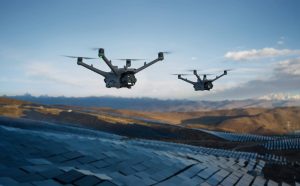
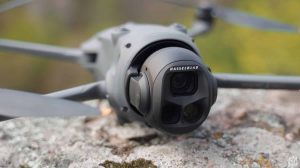


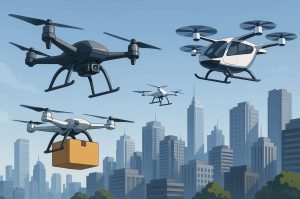

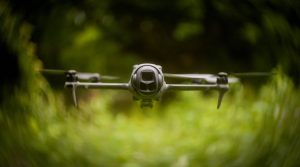

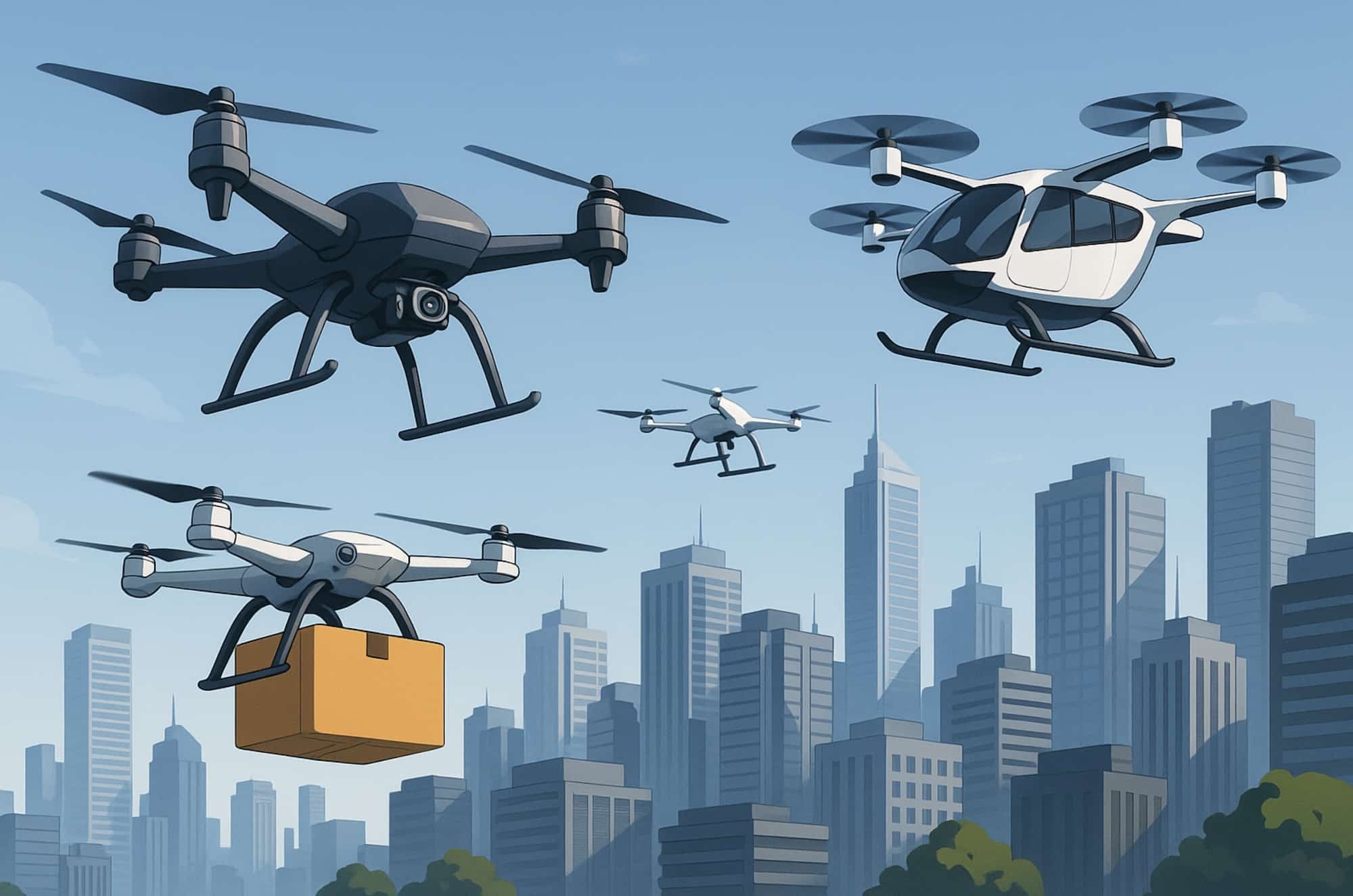
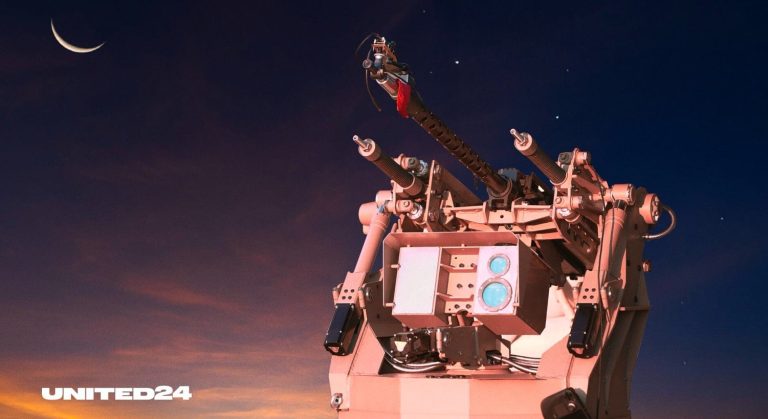

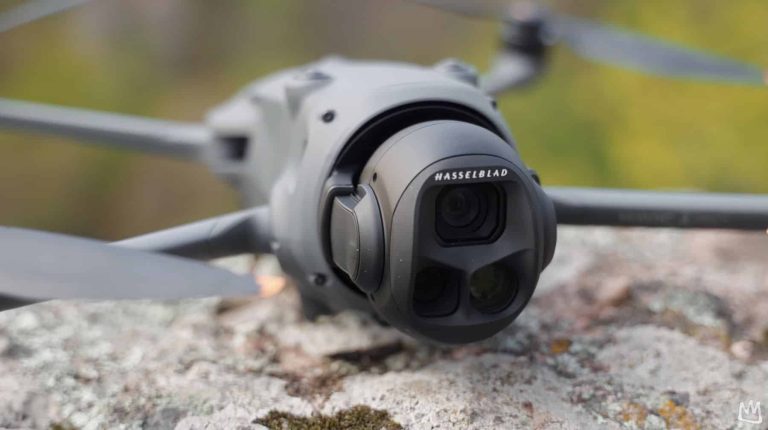

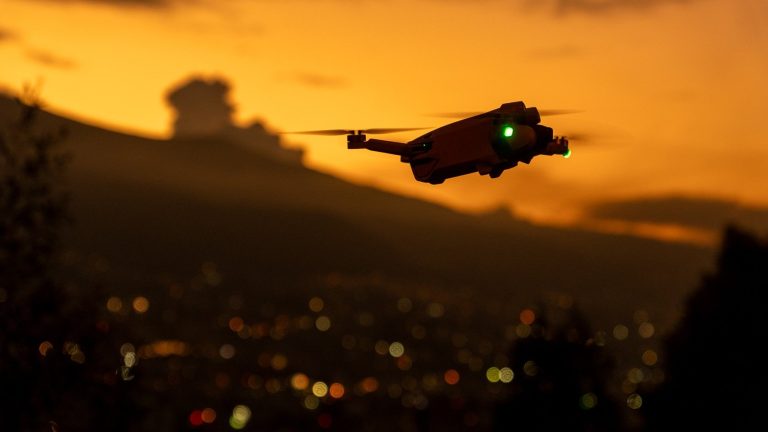

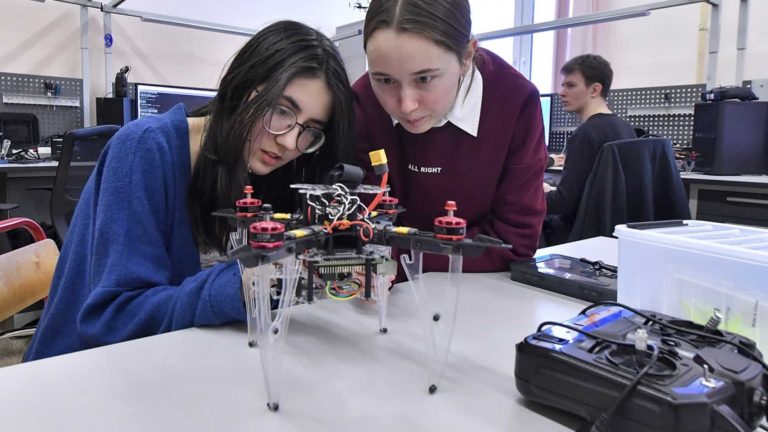
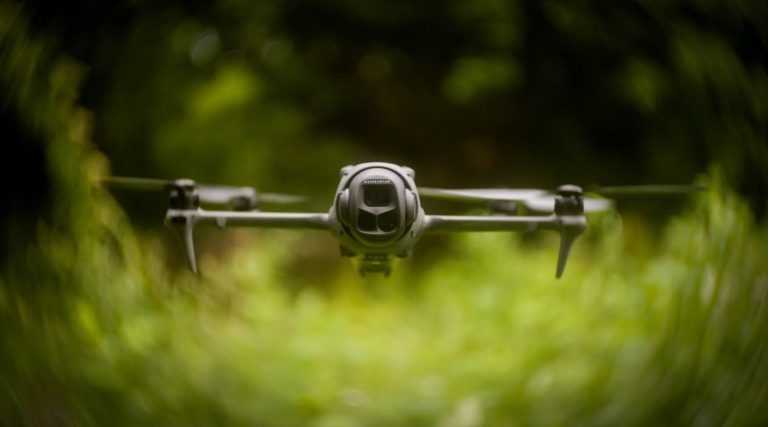
+ There are no comments
Add yours